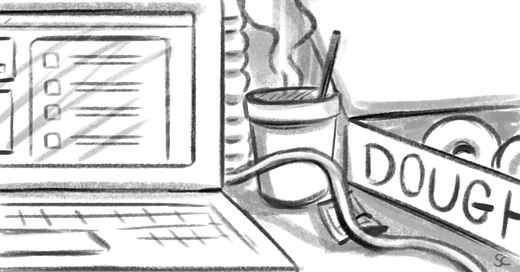The Boston Bomber Stakeout
Boxed lunches, doughnuts, hot coffee: Staking out and so much more.
When I say I’m a reporter for the Huffington Post, people frequently ask me if I get paid. (Yes, I do—we’re not all blogging for free.) Not only am I gainfully employed, but I covered what is probably the biggest breaking news event I’ll ever see firsthand: the manhunt for the Boston Marathon bombers.
The two years I’d worked as a stringer for the New York Daily News came rushing back. Back then, car crashes, fires and other forms of mayhem constituted a huge portion of my assignments. I learned to be comfortable in chaos and how to respectfully interview people who’d just been through a traumatic event. But the marathon bombing dwarfed all previous stakeouts.
HuffPost dispatched me to Boston the day after the bombing. I was staying with a friend near M.I.T. when a police offer was fatally shot on campus. A collective gasp sucked the air out of the greater Boston area as everyone wondered if the cop killing was tied to the deadly explosion days earlier at the …
Keep reading with a 7-day free trial
Subscribe to Narratively to keep reading this post and get 7 days of free access to the full post archives.




